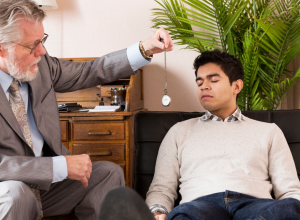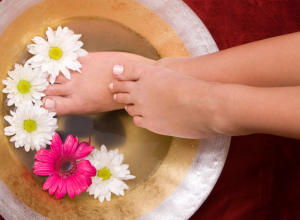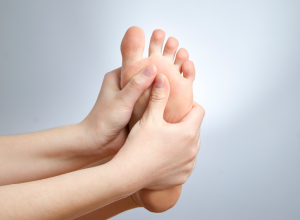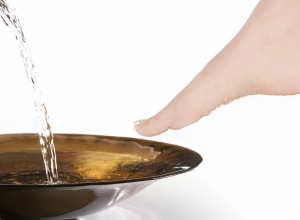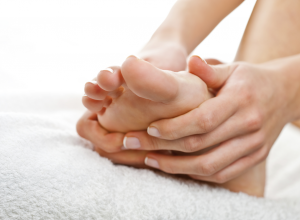
Diabetes
Diabetes is a condition in which a person has high blood sugar (glucose) because the body either does not produce enough insulin, the body’s cells do not respond properly to insulin — or both. Referred to by doctors as diabetes mellitus, symptoms often include frequent urination, unusually high levels of thirst and hunger, numbness and tingling in the feet, cold feet, and sores or ulcers that don’t heal.
Because of decreased circulation, people with diabetes often do not feel sores, infection and other ailments on their feet. They are also vulnerable to complications associated with foot disorders like corns, calluses and bunions. Therefore doctors and many medical sites like WebMD, MedlinePlus and Medscape advised that diabetic patients should check and wash their feet every day, keep the toenails properly trimmed, and visit a health care provider for any foot related problems rather than try to treat these ailments at home. Failure to catch foot infections and other problems in the extremities in a timely manner could lead to gangrene and, in some cases, limb amputation.
For a complete list of diabetic foot care steps you should take to prevent serious health problems, read our Diabetic Foot Care Guide and check out our Diabetic Foot Care section.
Notice concerning medical entries:
Articles having medical content shall serve exclusively for the purpose of general information. Such articles are not suitable for any (self-) diagnosis and treatment of individual illnesses and medical indications. In particular, they cannot substitute for the examination, advice, or treatment by a licensed physician or pharmacist. No replies to any individual questions shall be effected through the articles.













